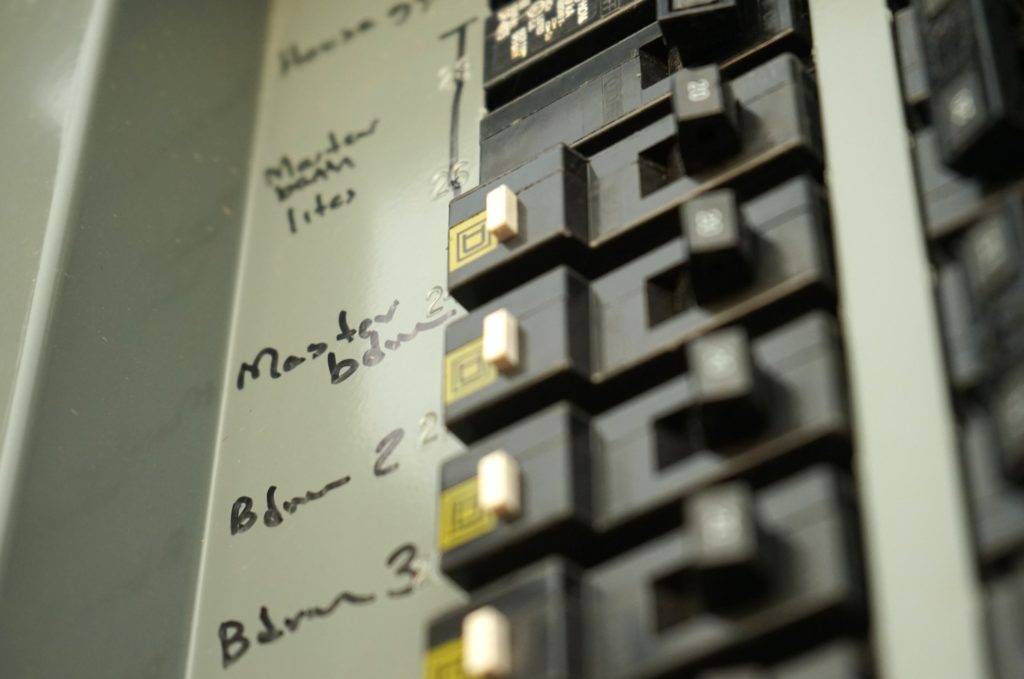
What Size Electrical Panel Do I Need for My Home?
By: hemant
Your home’s electrical panel is the heart of your electrical system, and getting it right is crucial for safety, efficiency, and peace of mind. Many homeowners overlook this critical component, but choosing the wrong electrical panel size can lead to serious risks, including electrical fires, frequent breaker trips, and inadequate power supply for your home’s needs.

How Are Electrical Panels Sized?
Electrical panels are typically measured in amperage, with residential homes commonly using:
- 60-amp panels (homes built before 1960)
- 100-amp panels (older homes)
- 150-amp panels (standard for medium-sized homes)
- 200-amp panels (recommended for modern homes with multiple electrical devices)
- 400-amp panels (large homes or homes with significant electrical demands)
Residential vs. Commercial Differences
Residential panels differ significantly from commercial panels:
- Residential panels are designed for home use, typically ranging from 100-200 amps
- Commercial panels can range from 200-800 amps, depending on the business’s electrical requirements
- Residential panels focus on household circuits, while commercial panels handle more complex electrical loads
- Additionally, while residential circuit panels are of the snap-on type, many commercial-grade circuit panels are bolt-on type, which provides a stronger connection to the busbar for more demanding power needs.
Measuring Your Electrical Needs
Determining the right panel size isn’t a DIY job. It requires:
- Calculating total electrical load
- Assessing current and future power needs
- Understanding local building codes
- Considering your home’s square footage and electrical appliances
Can I DIY This or Should I Trust a Pro?
Short answer: Trust a professional. Here’s why:
Code Compliance Challenges
- Electrical work requires strict adherence to local and national electrical codes which are updated every three years.
- Improper installation can void home insurance
- Mistakes can create serious safety hazards
Signs You Need a Panel Upgrade
- Frequent circuit breaker trips
- Flickering lights
- Burning smells near your electrical panel
- Outdated fuse box
- Adding major electrical appliances
- No more space in panel or double-tapped circuits.
How Excel Electrical Technologies Can Help
Since 2000, we’ve been the trusted electrical service provider for Chicagoland’s south suburbs. Our expertise ensures:
- 100% satisfaction guarantee
- 10-year warranty on workmanship
- 5-year warranty on supplied parts
- Guaranteed price quotes
- Personal safety and thorough wiring inspections
Our Service Areas
Burr Ridge, Chicago, Chicago Heights, Evergreen Park, Flossmoor, Frankfort, Homewood, Hazel Crest, Homer Glen, Lemont, Matteson, Merrionette Park, Mokena, Oak Forest, Oak Lawn, Olympia Fields, Orland Park, Palos Hills, Palos Park, Tinley Park
Your Next Step
Don’t risk your home’s electrical safety. Let Sparky from Excel Electrical Technologies inspect your electrical panel and provide a comprehensive, hassle-free quote.
Contact us today!
Call: (708) 798-1900
Email: services@excelelec.com
Online: Request Service
Your safety is our top priority – trust the local experts who’ve been serving Chicagoland since 2000.





